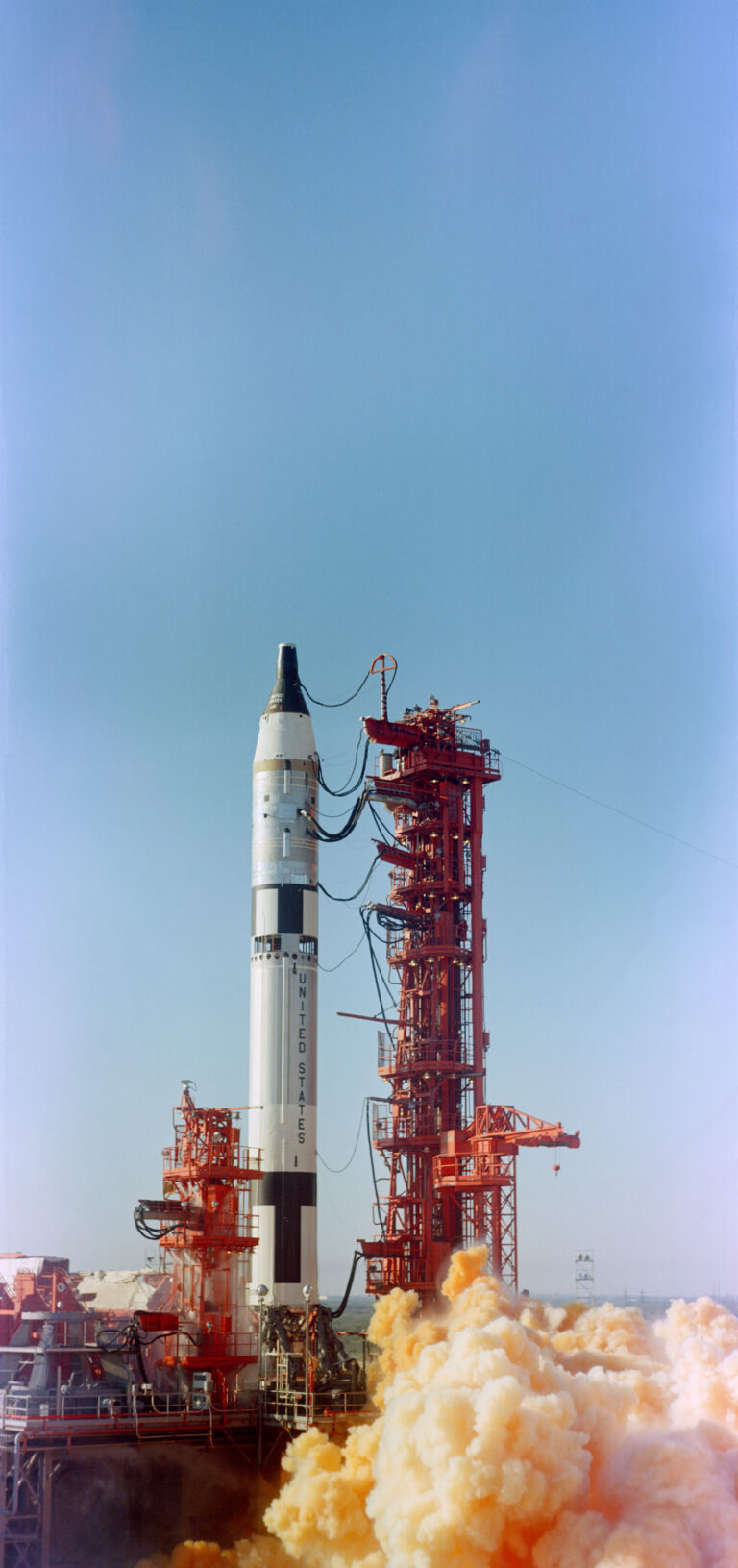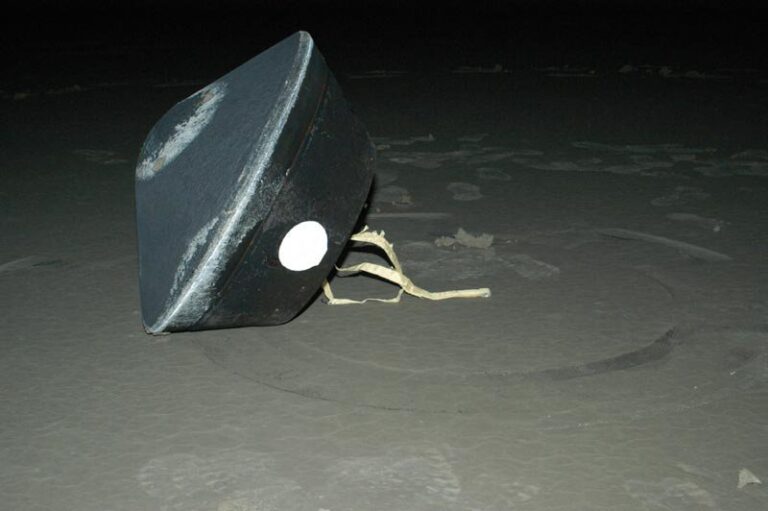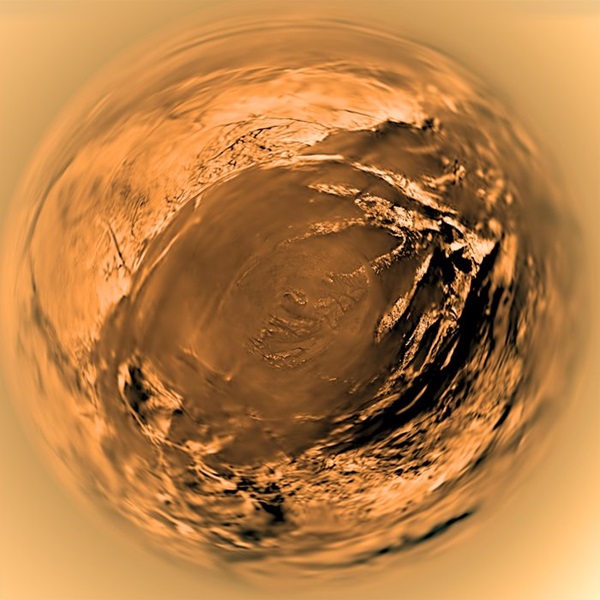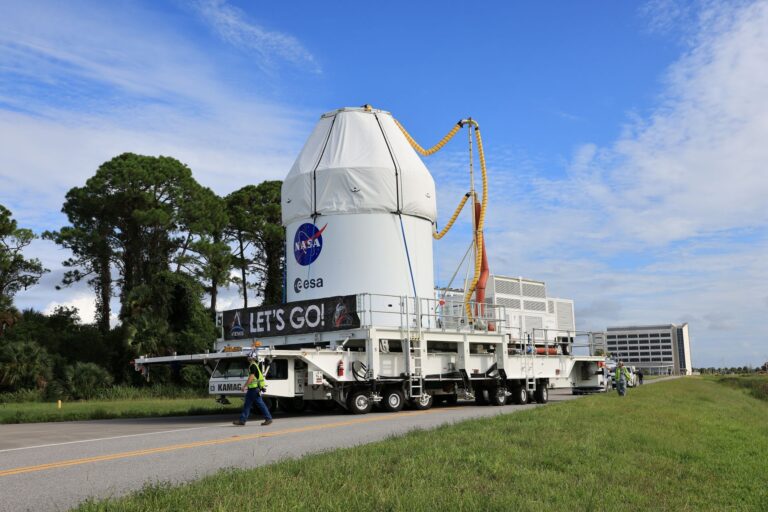Astronomers connected APEX in Chile to the Submillimeter Array (SMA) in Hawaii and the Submillimeter Telescope (SMT) in Arizona. They were able to make the sharpest direct observation ever of the center of a distant galaxy, the bright quasar 3C 279, which contains a supermassive black hole with a mass about 1 billion times that of the Sun and is so far from Earth that its light has taken more than 5 billion years to reach us.
The telescopes were linked using a technique known as Very Long Baseline Interferometry (VLBI). Larger telescopes can make sharper observations, and interferometry allows multiple telescopes to act like a single telescope as large as the separation — or “baseline” — between them. Using VLBI, the sharpest observations can be achieved by making the separation between telescopes as large as possible. For the quasar observations, the team used the three telescopes to create an interferometer with transcontinental baseline lengths of 5,900 miles (9,400 kilometers) from Chile to Hawaii; 4,500 miles (7,200km) from Chile to Arizona; and 2,900 miles (4,600km) from Arizona to Hawaii. Connecting APEX in Chile to the network was crucial, as it contributed the longest baselines.
The observations were made in radio waves with a wavelength of .05 inch (1.3 millimeters). This is the first time observations at a wavelength as short as this have been made using such long baselines. The observations achieved a sharpness, or angular resolution, of just 28 microarcseconds — about 8 billionths of a degree. This represents the ability to distinguish details an amazing 2 million times sharper than human vision. Observations this sharp can probe scales of less than a light-year across the quasar — a remarkable achievement for a target that is billions of light-years away.
The observations represent a new milestone toward imaging supermassive black holes and the regions around them. In the future, scientists plan to connect even more telescopes in this way to create the Event Horizon Telescope. This telescope will be able to image the shadow of the supermassive black hole in the center of our Milky Way Galaxy, as well as others in nearby galaxies. The shadow — a dark region seen against a brighter background — is caused by the bending of light by the black hole, and it would be the first direct observational evidence for the existence of a black hole’s event horizon — the boundary from which not even light can escape.
The experiment marks the first time that APEX has taken part in VLBI observations, and it is the culmination of three years of hard work at APEX’s high-altitude site on the 16,400-foot (5,000 meters) plateau of Chajnantor in the Chilean Andes, where the atmospheric pressure is only about half that at sea level. To make APEX ready for VLBI, scientists from Germany and Sweden installed new digital data acquisition systems, a very precise atomic clock, and pressurized data recorders capable of recording four gigabits per second for many hours under challenging environmental conditions. The data — four terabytes from each telescope — were shipped to Germany on hard drives and processed at the Max Planck Institute for Radio Astronomy in Bonn.
The successful addition of APEX is also important for another reason. It shares its location and many aspects of its technology with the new Atacama Large Millimeter/submillimeter Array (ALMA) telescope. ALMA is currently under construction and will finally consist of 54 dishes with the same 40-foot diameter (12m) as APEX, plus 12 smaller dishes with a diameter of 23 feet (7m). The possibility of connecting ALMA to the network is currently being studied. With the vastly increased collecting area of ALMA’s dishes, the observations could achieve 10 times better sensitivity than these initial tests. This would put the shadow of the Milky Way’s supermassive black hole within reach for future observations.










